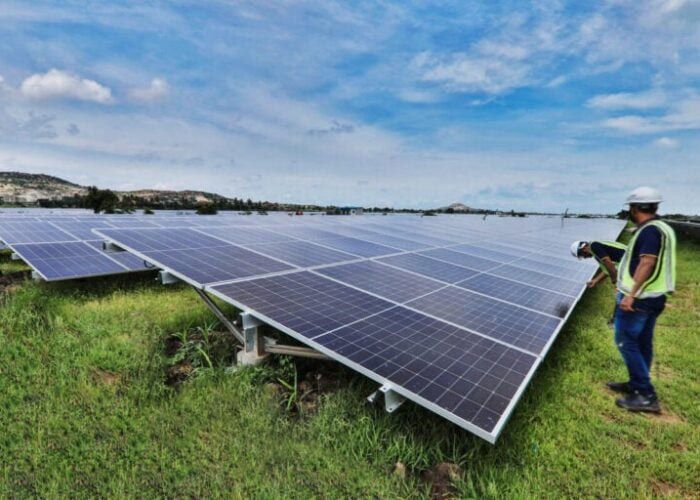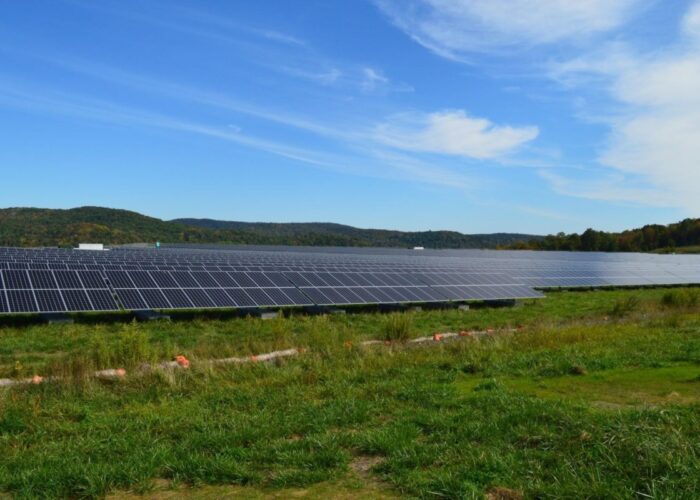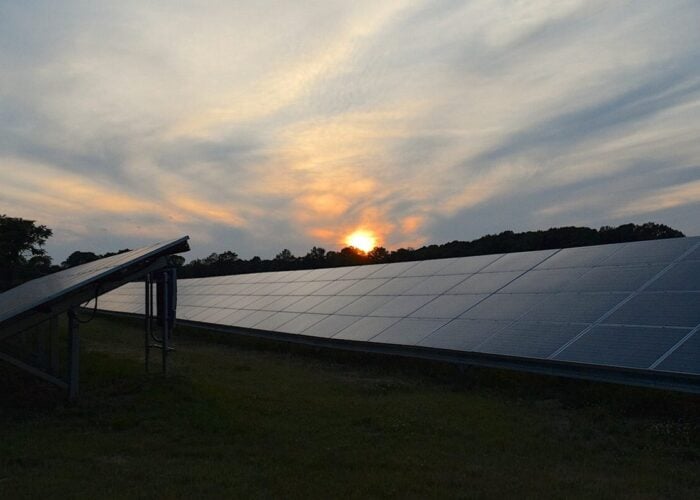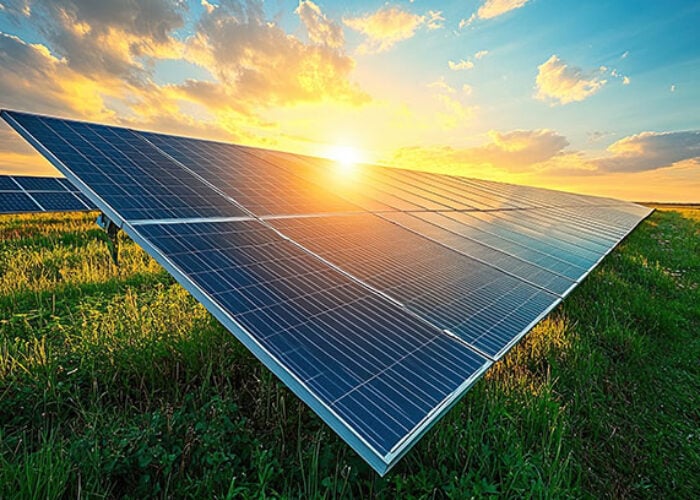NEXTracker, a Flex company has launched ‘TrueCapture’, a first-of-its-kind intelligent, self-adjusting tracker control system for solar power plants. TrueCapture’s technology is designed to continuously refine the tracking algorithm of each individual solar array in response to existing site and weather conditions.
Problem
Try Premium for just $1
- Full premium access for the first month at only $1
- Converts to an annual rate after 30 days unless cancelled
- Cancel anytime during the trial period
Premium Benefits
- Expert industry analysis and interviews
- Digital access to PV Tech Power journal
- Exclusive event discounts
Or get the full Premium subscription right away
Or continue reading this article for free
Solar power plants suffer energy production losses from construction variability, terrain undulation and changing weather, which can limit the yield and LCOE advantages of single-axis trackers. Backtracking was first introduced in 1991, which offered a significant improvement in PV plant energy yield. It was optimized for flat arrays and low diffuse conditions. However, it was not linked to individual row tracking for real world conditions such as hilly terrain and partly cloudy or fully diffuse conditions.
Solution
TrueCapture is claimed to be the first tracker solution to simultaneously solve the above issues, leveraging forecast-based tracking behavior algorithms for clouds, fog or haze and row-to-row (R2R) hybrid closed-loop self-learning that course corrects the panel direction to minimize production loss due to shading and clouds. Wireless self-powered controllers on the tracker sync with the smart panels and the NEXTracker SCADA (supervisory control and data acquisition) system, connected through Flex’s IoT platform, a secure, NERC-CIP compliant, industrial-strength connected intelligence platform. From the Flex IoT platform, communication is continually dispatched to control each independent row. TrueCapture’s technology is said to typically delivering 2-6% energy gains, enabling system owners and developers to maximize solar system performance and enhance profits for solar power facilities.
Applications
Utility-scale PV power plants using single-axis tracking systems.
Platform
With TrueCapture, proprietary smart panel sensors provide real-time shading information on each tracker row. The data is integrated with design parameters and processed by machine-learning software to build a virtual 3D model of the job site. An intelligent control engine combines the model with the latest meteorological forecast data to calculate and send updated and optimized tracking commands to every independent row. As a result, energy production gets a significant boost. With more production, solar power plants are worth more, adding value for project developers and the long-term owners who will typically operate a facility for up to 30 years.
Availability
July 2017, onwards.






